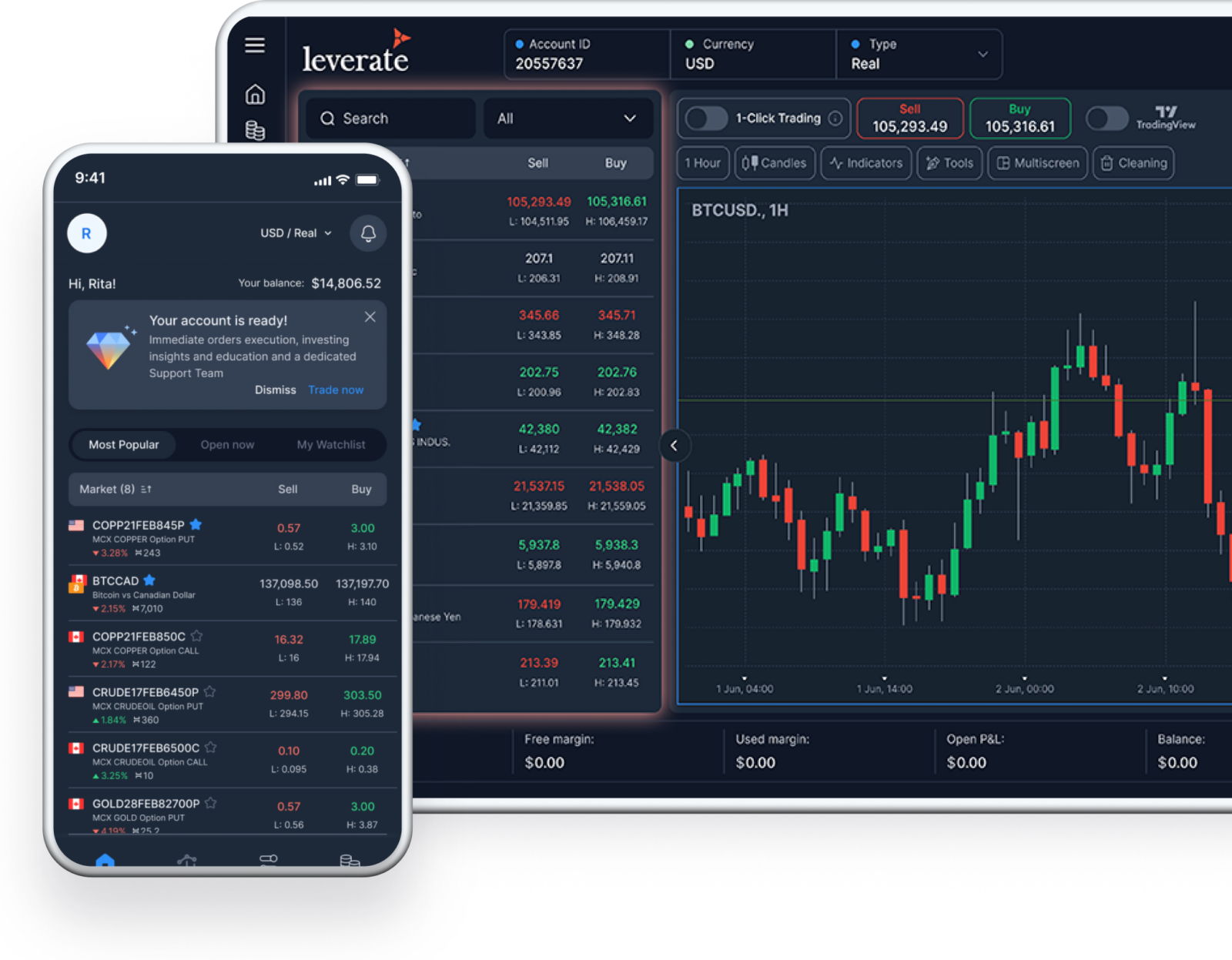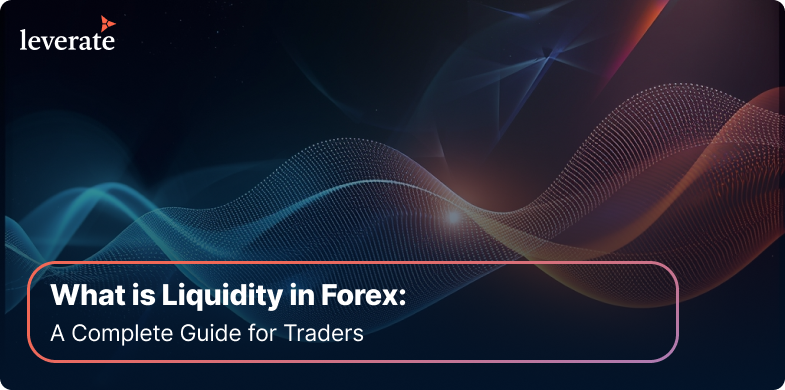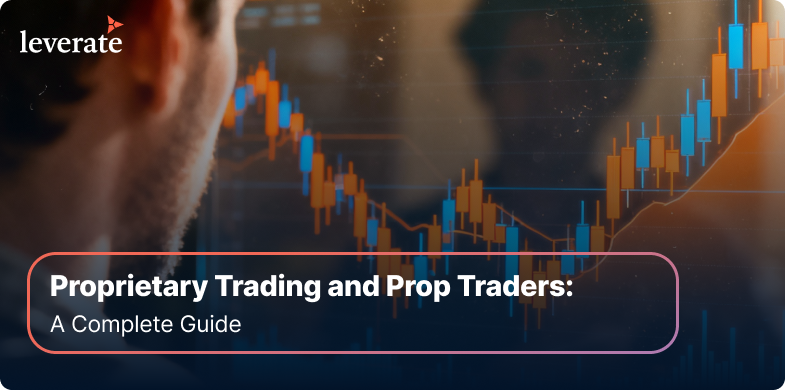On May 2017, a coalition of central banks and prominent FX market participants launched an initiative that was to become known as the FX Global Code. Along with representatives from 16 jurisdictions, and led by the deputy governor of the Reserve Bank of Australia, this enterprise set out to tidy up the FX market.
From a market wrought with scandal and criminal prosecution, the plan was to bring a sense of fair play back into the Forex game. To some extent, it has worked, but it still has a long way to go.
When Guy Debelle, the deputy governor of the Reserve Bank of Australia met with his fellow visionaries to compile a program to clean up the Forex markets, he was met with a fair degree of skepticism. On the brokers’ side, the one thing anathema to them was regulation.
Most FX brokers have enough hassle either deciding on market direction, or persuading clients to take a market position without worrying about the how, when, and where of each specific deal. However, almost two years after its launch, the FX Code has acquired a certain respectable degree of traction.
“The code was never intended as a replacement for proper regulation”, explains Pablo Schvartzman, Head of Customer Success at Leverate, a leading brokerage technology and services provider which specializes, among other things, in tailor-made compliance solutions.
“The code was meant as a way to complement institutional compliance requirements, and to assert a certain self-regulation standard among market participants, that would bring back the much-needed reputation and trust this industry used to have”.
The initial plan was never to impose a set of rigid rules on market participants. However, every market participant had to admit that the playing field was hardly level, and that improvements could be made.
The fact that the initiative was “on the move” was further shown by an update launched in August 2018. With around 500 trading entities having signed up including banks, brokers, and corporations, clearly the initiative had developed a measured degree of momentum.
The goal was to turn a five trillion dollars per day market into an enterprise that was “… robust, fair, liquid, open, and appropriately transparent”, according to the Global Foreign Exchange Committee who established the code. Perhaps a naïve hope, but that didn’t stop its adoption increasing in volume.
As a result of the FX Code, banks have become far more open in their activities. But challenges remain. Buy-side participants feel that those who are less exposed, who take less risk, may be “ganging up” against them with a plan to steal their edge. However, the opposite is true. The primary objective of the Code is to increase transparency between all market participants, avoiding any occurrence of duplicity where client funds are involved.
Other issues are involved with Last Look activity. Using this practice, traders can hold off on a deal, essentially giving themselves a “last look” before they commit to a transaction. On the positive side, this means that dealers can tighten their spreads. On the downside, it can mean significant slippage for a client waiting to be filled at the best possible price.
Then there are issues surrounding post-trade activity. The Code devotes almost 25% of its principles with settlement and confirmation using straight-through processing. Finally, there is the issue of full disclosure where each side to a deal sees the full list of participants in that trade.
This is a practice that makes many companies feel uncomfortable, as they expose clientele whom they had up to that point kept proprietary.
For these reasons, among others, not everyone has yet to sign up to The Code, and its development is far from complete. It is a continuing work in progress, and although promising in its early days, this initiative will have to stand the test of time.
[more_in]
“Essentially, the introduction of the FX Code should be welcomed as a positive initiative that will reintroduce a sense of integrity back into the markets”, says Pablo. “It also shows that the industry can indeed self-govern.”
“However, standard compliance with local laws and regulations will still be a necessity for growing brokerages, in order to achieve greater access to banks and PSPs and to grow their client base. The demand for compliance solutions, such as Leverate’s Regal, will keep growing, as the industry becomes more mature,” explained Mr. Schvartzman.















